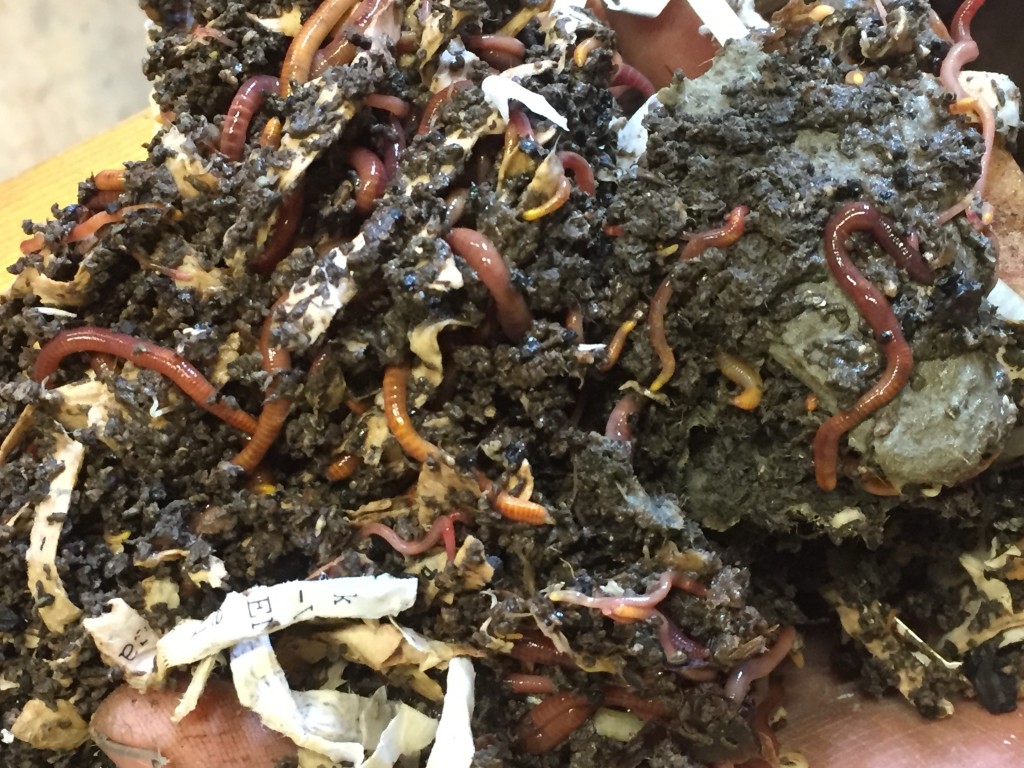Some Ideas on Red Wiggler Express You Should Know
Table of ContentsThe Greatest Guide To Red Wiggler ExpressThe Best Guide To Red Wiggler ExpressThe Best Strategy To Use For Red Wiggler ExpressThe smart Trick of Red Wiggler Express That Nobody is Talking About
Vermicomposting certainly isn't a brand-new practice. We've been doing it below at Uncle Jim's for years. But with the worldwide push for sustainability and with environment-friendly methods expanding in popularity, people are ultimately happening and acknowledging the environmental advantages of red wiggler worms and composting. In this post, we'll go over exactly how vermicomposting supports sustainable gardening and the ecological benefits of red wigglers and other earthworms.
This is the except it. If you intend to read extensive concerning red wiggles, we have a whole post devoted to them here. Now, let's enter the nitty-gritty of exactly how these worms sustain sustainable horticulture practices and benefit the atmosphere: Worm composting resembles a health club day for your dirt.
When integrated into your yard dirt, these castings boost its framework, aeration, and water retention. This helps with plant growth and health and does not need the use of any chemicals. Did you know that natural waste makes up a substantial part of land fill material?
By diverting your cooking area scraps and yard waste into a worm composting bin, you're efficiently reducing the quantity of natural waste that ends up in garbage dumps. Forget about chemical fertilizers worm spreadings are the real bargain.
The Red Wiggler Express PDFs

Mix the nutrient-rich worm castings right into your garden dirt or utilize them as a leading clothing for potted plants. In a world where sustainability is coming to be progressively important, red wigglers radiate as unsung heroes of gardening.
Composting may look like old news, but doing it with a container complete of worms most likely doesn't. Red wiggler worms offer wonderful advantages to the natural gardener, creating both an all-natural fertilizer and an efficient chemical. And they eat your cooking area scraps. The worth of red wigglers, a.k (Worm Farms Near Me).a. Eisenia fetida, depends on their waste matter, called worm castings.
Worm castings might be acquired at stores such as SBS in Vineyard Sanctuary or Winery Gardens in West Tisbury, but to increase the worms in a garden compost bed and harvest your very own spreadings is far more fun. The job of these worms is a component of sustainable living. Red wigglers are indigenous to horse manure, where they burrow to lay eggs.
The Only Guide for Red Wiggler Express
(https://ecobluedirectory.com/gosearch.php?q=Red+Wiggler+Express&search-btn.x=0&search-btn.y=0)He covers the container with straw, after that an item of old rug. Lynn explains the manufacturing of castings and two usages: as a plant food and as a pesticide. It passes via them and includes calcium to make this rich planet," she states.
"We call it golden tea," states Lynn. "I did it to see if it would certainly make a difference on white flies and aphids. My rosemary had a mold or fungus. After I sprayed, quickly it looked much better." The red wiggler is a vast breeder, laying eggs as usually as once a week.
It takes 3 to 5 months for an infant worm to reach sex-related maturation and the grown-up size of three inches. Their life span is four to five years unless obviously they are used for bait. As freshwater fish bait, wigglers wriggle on the hook and endure underwater longer than conventional earthworms.

As one of the Epigeic class of garden compost worms, the usually does not show up in dirts. The worm is red or reddish-brown in shade and has a smooth, round form.
A red wiggler worm can mature to 4 inches in size but is typically just regarding two and a half inches. The worm has a tiny mouth situated at the front of its head. It also has small bristles, called setae, which help the worm step and anchor itself to surface areas.
